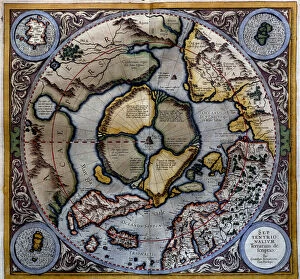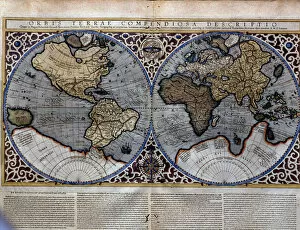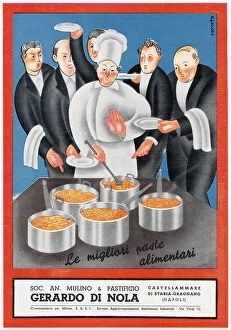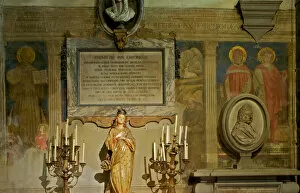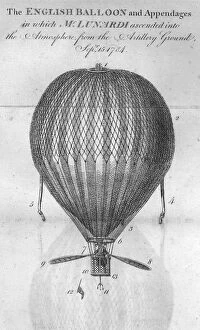Gerardo Collection
Gerardo: A Journey Through Time and Space Step into the world of Gerardo, a name that has left its mark in various realms throughout history
For sale as Licensed Images
Choose your image, Select your licence and Download the media
Gerardo: A Journey Through Time and Space Step into the world of Gerardo, a name that has left its mark in various realms throughout history. From the intricate maps of Gerardus Mercator to the delectable pasta offerings by Gerardo di Nola, this name holds stories waiting to be discovered. In 1595, Gerardus Mercator unveiled his Atlas, showcasing his masterful cartographic skills. Amongst its pages lay a map of the Arctic region, revealing uncharted territories leading up to the North Pole. The precision and detail captured within this masterpiece still mesmerize us today. But Gerardo's influence extends beyond geography; it delves into culinary delights as well. In Napoli during 1940, Gerardo di Nola tantalized taste buds with an array of pasta creations. Each dish was crafted with love and tradition, representing the rich flavors of Italian cuisine. Art too finds solace under the name Gerardo. Within a fresco depicting Saint Bernard's Nativity alongside Saints Ansano and Ivo lies an artistic marvel from ages past. This timeless piece transports us back in time while honoring these revered figures. Not limited to geographical wonders or gastronomic pleasures alone, Gerardo Diego emerges as a prominent figure in Spanish literature. Born in 1896 and leaving behind a legacy until his passing in 1987, this Spanish poet enchanted readers with his verses that resonated deeply within their souls. Returning once more to cartography's embrace is Gerardus Mercator's World Map from 1595—a testament to human curiosity about our vast planet Earth. It reminds us that exploration knows no bounds and encourages us to seek knowledge beyond what we already know. And even amidst political upheaval, Cuba found itself intertwined with Nassau during the Cuban revolutionaries' stay there in the early twentieth century—capturing moments frozen forever through photographs taken during those tumultuous times.

